Detailed introduction of washing beans in Ethiopia red cherry plan hole plus chair cleaning station
For professional baristas, please follow the coffee workshop (Wechat official account qianjiecoffee)
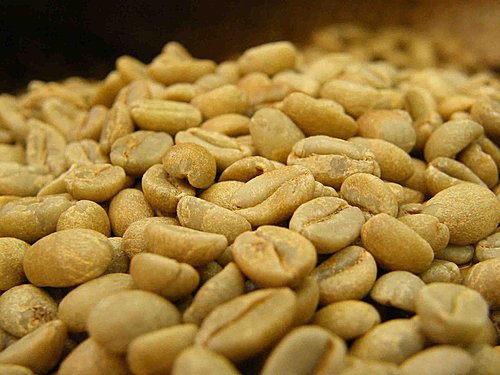
Ethiopian red cherry plan hole plus chair washing station to wash beans
Ethiopia is the country where coffee was first discovered, and it is still the most important producing country and the best in terms of coffee quality and output. Coffee is mostly traditional Arabica species, with an annual output of about 350000 tons and more than 70% of which are exported to countries around the world. About 15 million people in the country are engaged in coffee-related industries, and more than 90% of the farms or cooperatives are planted in small areas. Crops produced in Ethiopia after 2008, including wheat, corn, sesame coffee, etc., were fully introduced into the ECX trading system (Ethiopian Commodity Exchange) to replace the existing auction and export methods, by coffee farmers or cooperatives, sending coffee to ECX centralized warehouses, beans of the same grade and producing areas will be mixed together and auctioned directly. You will not know which farmers or cooperative producing areas produce it. In fact, this practice has no effect on output and quality, and it is easier to tell the quality of coffee by price. What is triggered is that intermediate traders cannot freely track their satisfactory profits [low price and high quality] so that consumers will know more clearly, because they will be taxed heavily if they do not pass the ECX trading system. Now more than 90% are through this trading system, but for buyers of boutique coffee ECX trading system is not a good thing, so from 2010 Ethiopia launched the DST (Direct Specialty Trade) system, DST system is an irregular Ethiopian auction, only through the SCAA cup test standard of more than 80 points of boutique coffee specialty coffee can hang up their own farm or cooperative name with foreign raw bean traders trade.
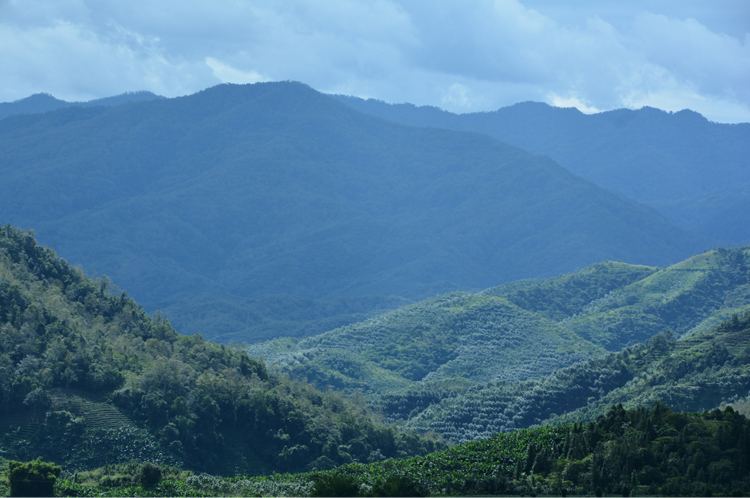
Conga
Washing beans in Ethiopia will be distinguished by adding 1 and 2 after the name (with a higher quality of 1). The pulp is removed immediately after the coffee cherry is harvested, and then the coffee bean is fermented in water to remove the pectin layer. this process takes several hours, and the number of hours depends on the type of coffee, producing area and temperature. This process must be closely understood that if there is a slight mistake, the coffee bean will have a poor flavor, and after fermentation is completed. The coffee beans will be washed through a long sink with a high and low drop, and any defective beans and foreign bodies will also be removed during the process. after that, the coffee beans will be dried on the drying bed, and it is also necessary to pay close attention to turning them every few hours to ensure the integrity of the drying process. This is the whole process of washing beans.
Operation Cherrie Red's "Red Cherry Initiative" (ORC) is a project to promote quality improvement on small-scale farms, mainly to encourage soybean farmers and surprise bakers. Trabocca invites all Ethiopian suppliers to produce small batches of beans of about 1500-3000 kg before the harvest season. Women can only choose fully ripe coffee cherries, so 100% are harvested when coffee cherries are fully ripe. This will make a big difference to the brewed coffee, because careful-eyed Ethiopian women who are willing to work hard are the invisible drivers of the Red Cherry project.
Red Cherry Action (OCR) is also a reinforcing method, which can encourage suppliers to pay more attention to the process of selecting beans. The prices of these coffees are also relatively high. Red Cherry Action has water washing, sun drying beans, half-washing, half-sun, experimental coffee, etc. The main producing areas are Yega Sheffield (the production of Yega has stopped in 2011), Sidamo, Penga Forest, Lekanti, Ken Bata, Iruba, Hara, Lim, etc. These are all coffee with unique flavor, and almost every producing area can produce washing, sun-drying beans, half-washing, half-sun and experimental coffee at the same time. It can fully show the flavor of Ethiopian beans, and it will be selected again after receiving the coffee. Beans that pass the cup test quality test in Ethiopia and the Netherlands will be paid a high bonus, and the passing score of 2013 cups must be more than 88 points in order to become a good coffee for the Red Cherry program.
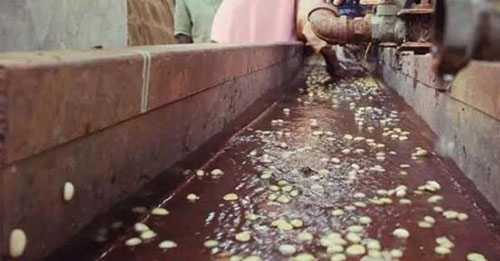
Trabocca, the promoter of the red cherry project, invests all the profits made in recent years in all cooperative farms. Trabocca stressed that this is a plan with no profit, so the company only uses four people, including the boss and secretary, to implement the red cherry project, and other administrative related matters are supported by the parent company to reduce administrative expenses, and all the profits are returned to the cooperative farm.
The Konga area is located in Yegashev, and the small farmers in this area send the coffee to the chair cleaning station for treatment.
The average farmer owns two hectares of land, and they grow extra crops such as pineapples in addition to coffee. Mango. Tropical fruits such as bananas. Coffee is shaded by trees, which is planted in the remaining shade, and also provides shade in the cleaning field.
The treated coffee water is recycled and now has three sinks, about 145 elevated beds at the Kongjia chair cleaning station, whose basic function is to allow air circulation to optimize the drying process, which is cleaner and easier to take care of than directly in a compacted soil bean drying farm, and then stored in the local warehouse.
The temperature in Konga is about 25 degrees Celsius during the day and 18 degrees at night.
Property Characteristics: farm characteristics
Farmer Farm owner: Various small producers different kinds of small farmers
Region producing area: Konga Conga region
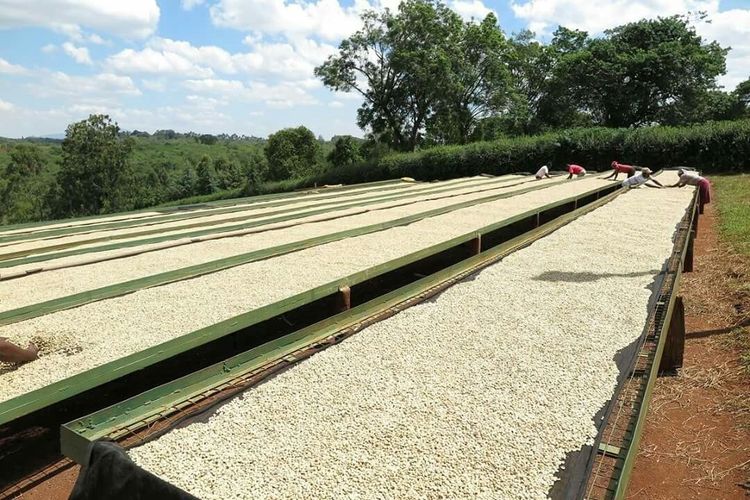
Grade level: G1
Country country: Ethiopia
Harvest period harvest time: October every year to January of the following year
Certification certification: all coffee without certification is non-toxic and organic.
Soil Type soil properties: PH5.2~6.2 red brown laterite
Coffee Characteristics: coffee characteristics
Variety varieties: local traditional wild varieties of Heirloom
Processing System treatment: Wet-Process washing and drying on scaffolding
Appearance appearance: 16-18 Screen (16-18 mesh)
Important Notice :
前街咖啡 FrontStreet Coffee has moved to new addredd:
FrontStreet Coffee Address: 315,Donghua East Road,GuangZhou
Tel:020 38364473
- Prev
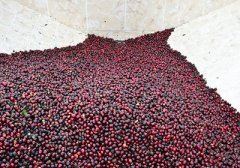
Guatemala Antigua Flower God Coffee planting Environment and Baking suggestion Bella Carmona Flower God Coffee
For the exchange of professional baristas, please pay attention to the coffee workshop (Wechat official account cafe_style) Antigua, Guatemala (Antigua). The reason why it is the best producing area in the country is mainly due to the planting environment, which is located in three volcanic areas at high elevations, while no other producing areas are affected by sea breeze or high humidity air in the Great Lakes region.
- Next
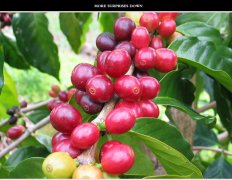
Introduction and description of flavor and taste characteristics of sun-cured coffee beans in Haramasala region of Ethiopia
Professional barista exchanges please follow the coffee workshop (Wechat official account qianjiecoffee) Ethiopia is the country where coffee was first discovered, in terms of coffee quality and output, Ethiopia is still the most important producing country and the best, coffee is mostly the traditional Arabica species, the annual output is about 350000 tons and more than 70% are exported to countries around the world, about 15 million people in the country are engaged in coffee
Related
- Detailed explanation of Jadeite planting Land in Panamanian Jadeite Manor introduction to the grading system of Jadeite competitive bidding, Red bid, Green bid and Rose Summer
- Story of Coffee planting in Brenka region of Costa Rica Stonehenge Manor anaerobic heavy honey treatment of flavor mouth
- What's on the barrel of Blue Mountain Coffee beans?
- Can American coffee also pull flowers? How to use hot American style to pull out a good-looking pattern?
- Can you make a cold extract with coffee beans? What is the right proportion for cold-extracted coffee formula?
- Indonesian PWN Gold Mandrine Coffee Origin Features Flavor How to Chong? Mandolin coffee is American.
- A brief introduction to the flavor characteristics of Brazilian yellow bourbon coffee beans
- What is the effect of different water quality on the flavor of cold-extracted coffee? What kind of water is best for brewing coffee?
- Why do you think of Rose Summer whenever you mention Panamanian coffee?
- Introduction to the characteristics of authentic blue mountain coffee bean producing areas? What is the CIB Coffee Authority in Jamaica?

